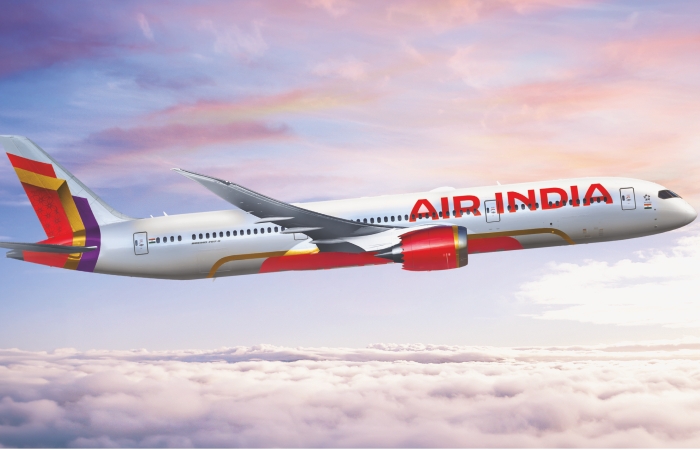The aviation skyline has gone through a transformation, especially post-COVID. From airlines completely stopping operations to first opening domestic routes and then finally international operations, it has not been an easy journey. However, new airlines and strategies for doing business, show the dynamic character of the industry.
Subir Ahluwalia
Indian airlines have plans to expand international routes in 2024. Major carriers like IndiGo and Air India will be at the helm, and Akasa Air will be making its debut in the international territory soon. IndiGo, the current domestic market leader, flies to almost 30 international destinations. The airline is reportedly in talks to place a widebody order soon.
Air India, which was earlier unable to expand operations to the US owing to shortage of capacity, has many B-777s and more Airbus A350 coming in, along with its grounded widebody planes fixed. This could result in many international routes to North America and further connections. Even Vistara is planning to deploy a few of its new aircraft for international expansion. It is already serving medium-haul routes such as Mauritius and Hong Kong and flying to Europe, including Paris and Frankfurt. Akasa Air will be targeting the Middle East market for initial operations as soon as it gets the necessary regulatory approvals for international operations. In fact, a big order seems to be on cards for the airline.
Stirring it up
While upcoming international routes look positive, there is a huge competition among domestic airlines. While IndiGO has been a leader for years, Air India is strengthening its operations on trunk routes. Air India Express, on the other hand, has begun flying on routes like Bengaluru-Mengaluru, and Bengaluru-Trivandrum, which were exclusively serviced by IndiGo earlier. With Ayodhya emerging in the big picture, all low-cost airlines are vying for routes to get the first mover’s advantage.
SpiceJet, on the other hand, has been a little unstable lately, with its financial reports coming under the scanner because of constant legal battles and negotiations with lenders over delayed payments. Despite that it is adding capacity and planning to raise over US $250 million through issuance of equity and warrants. This money will be used to lease more airplanes and increase fleet strength.
Last word on GoFirst
Since May 2023, GoFirst has not had any flights and is searching for a saviour. The situation is similar for the ‘still waiting to be revived’ Jet Airways. While the future looks bleak for these airlines, the final word might come this year.
How airline planning pans out in 2024 is dependent on many factors, which include industry consolidation, the growing importance of LCC subsidiaries, major aircraft orders and fleet availability issues.
Air India merger
The Tata Group will consolidate its LCC airlines and full-service carriers. This merger will have major ramifications for the India market. The merger of Air India with Vistara was approved by Indian competition authorities. However, additional clearances are awaited from various agencies in India and outside. The company is
also merging its LCC brands – AirAsia India and Air India Express. In numbers, Air India and Vistara together will account for 18.4 per cent of India’s domestic capacity, and AirAsia India and Air India Express another 8 per cent. Combined, these four airlines would make more than 23 per cent of India’s international capacity.
 TravTalk India Online Magazine
TravTalk India Online Magazine





